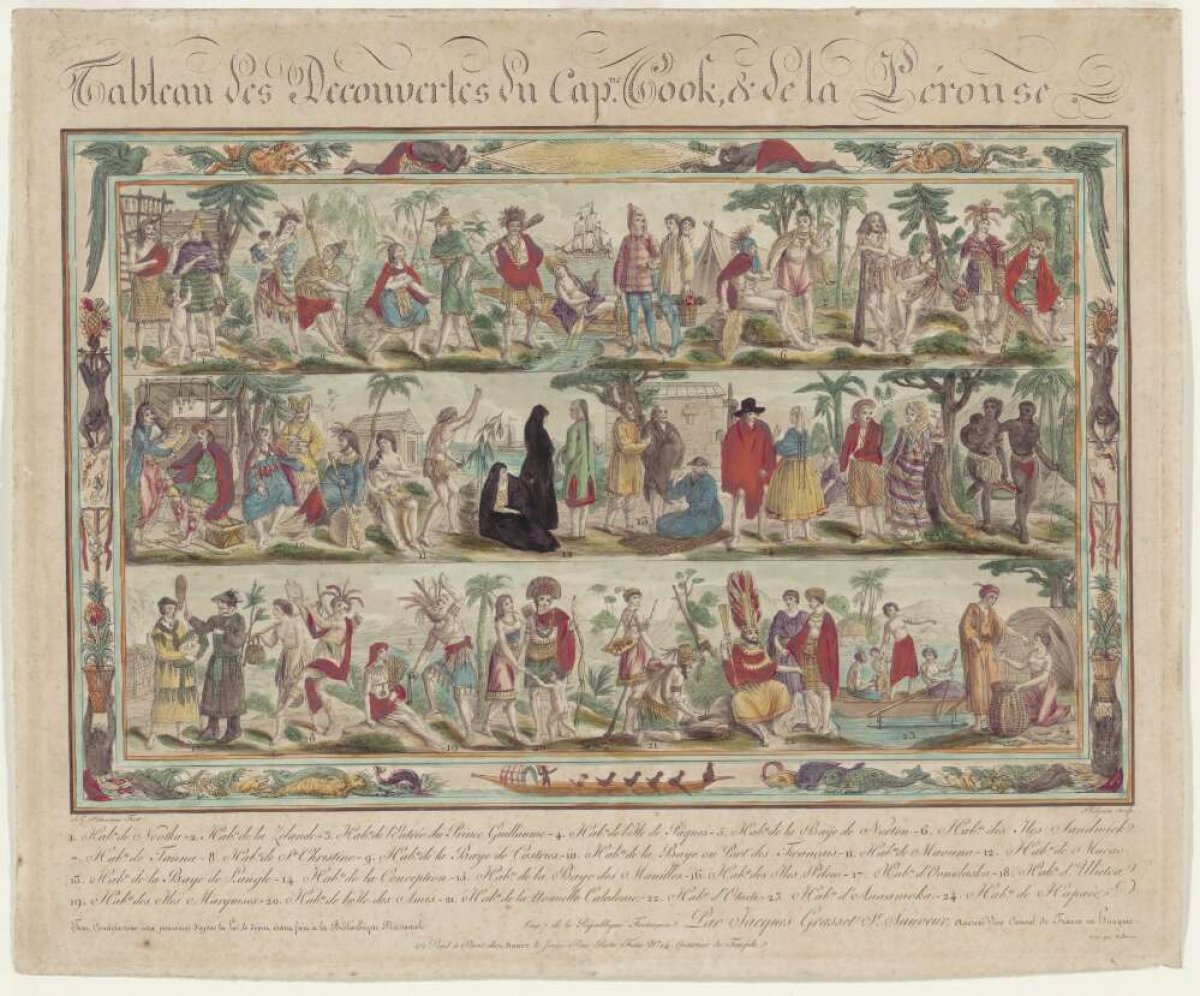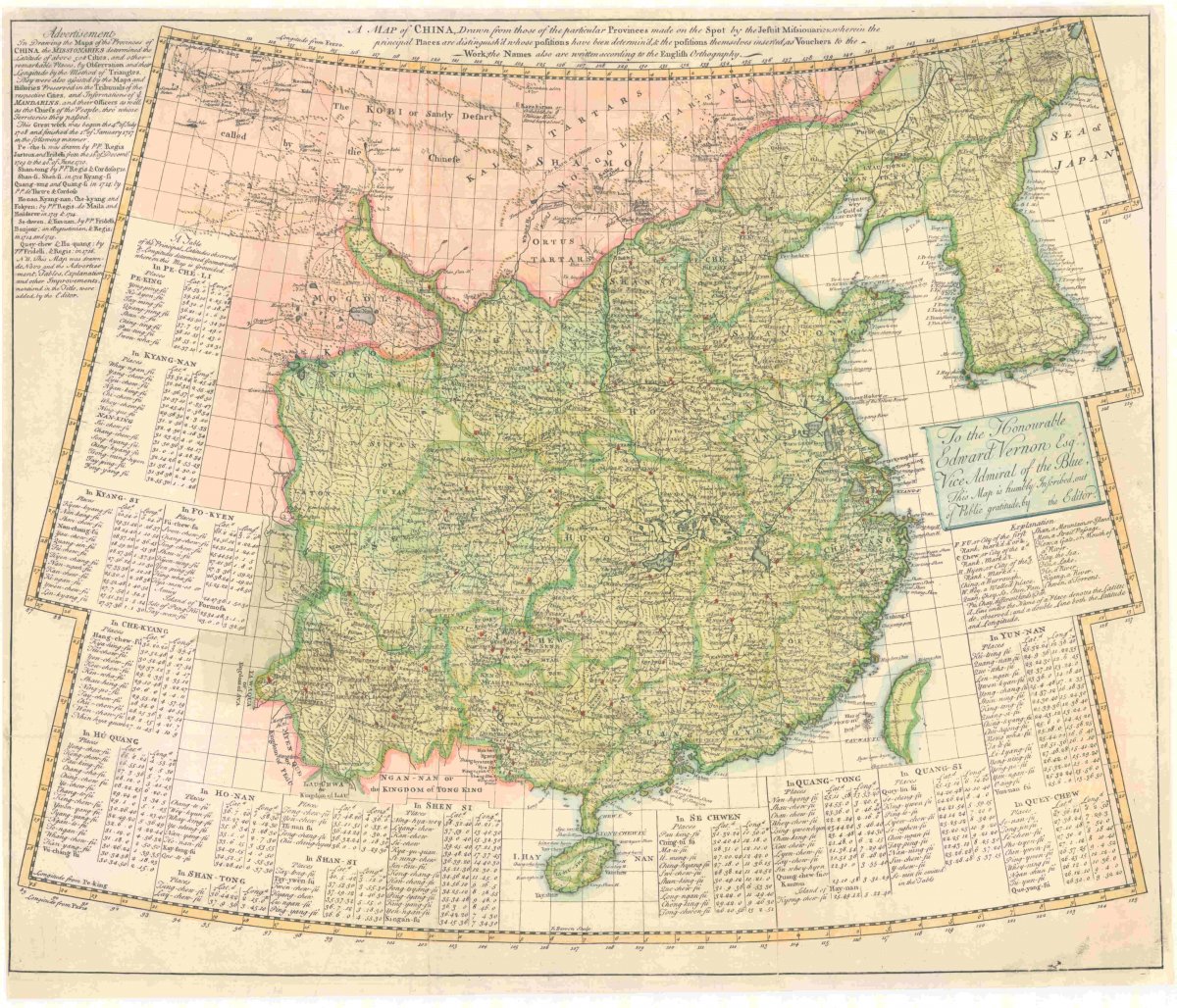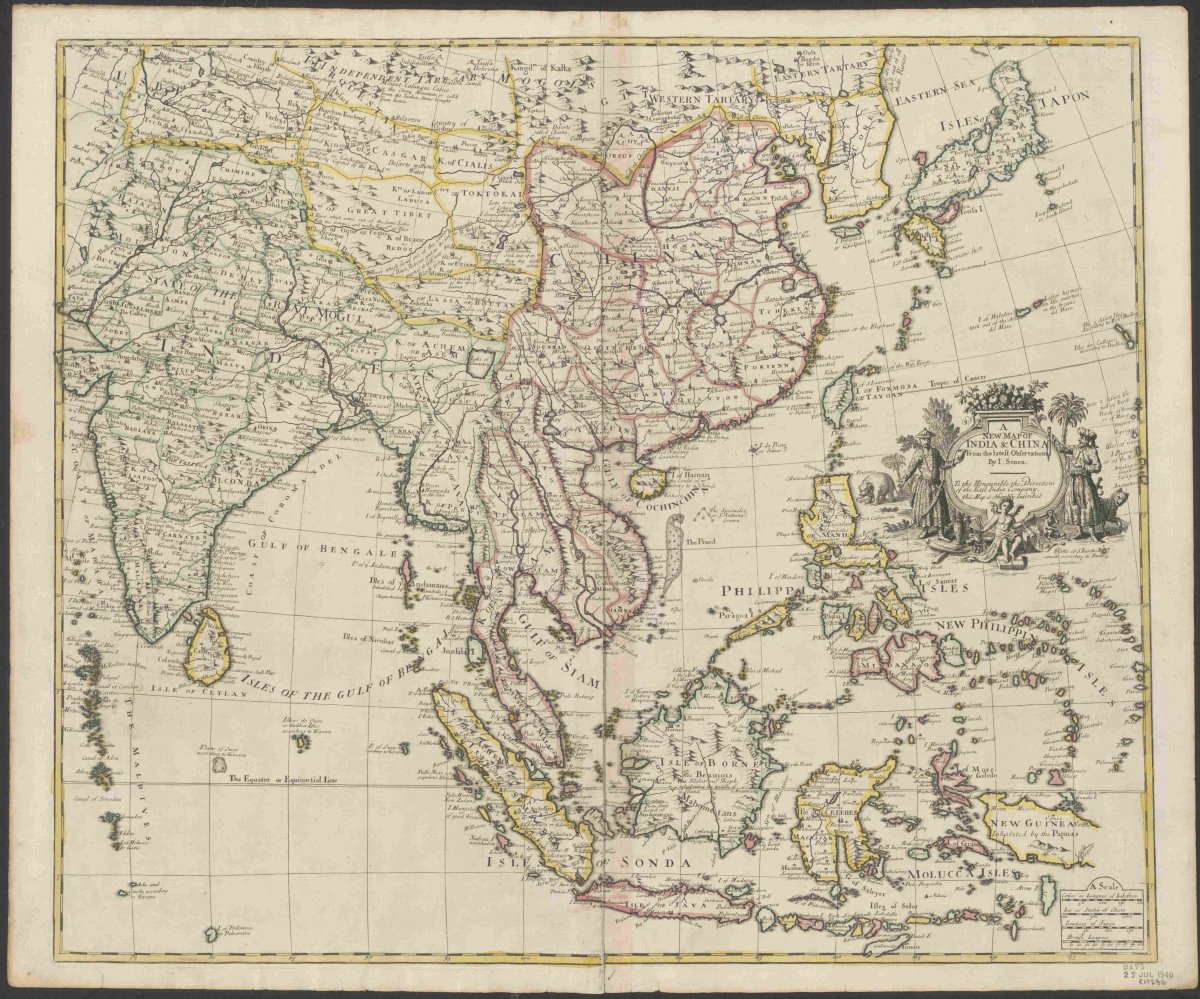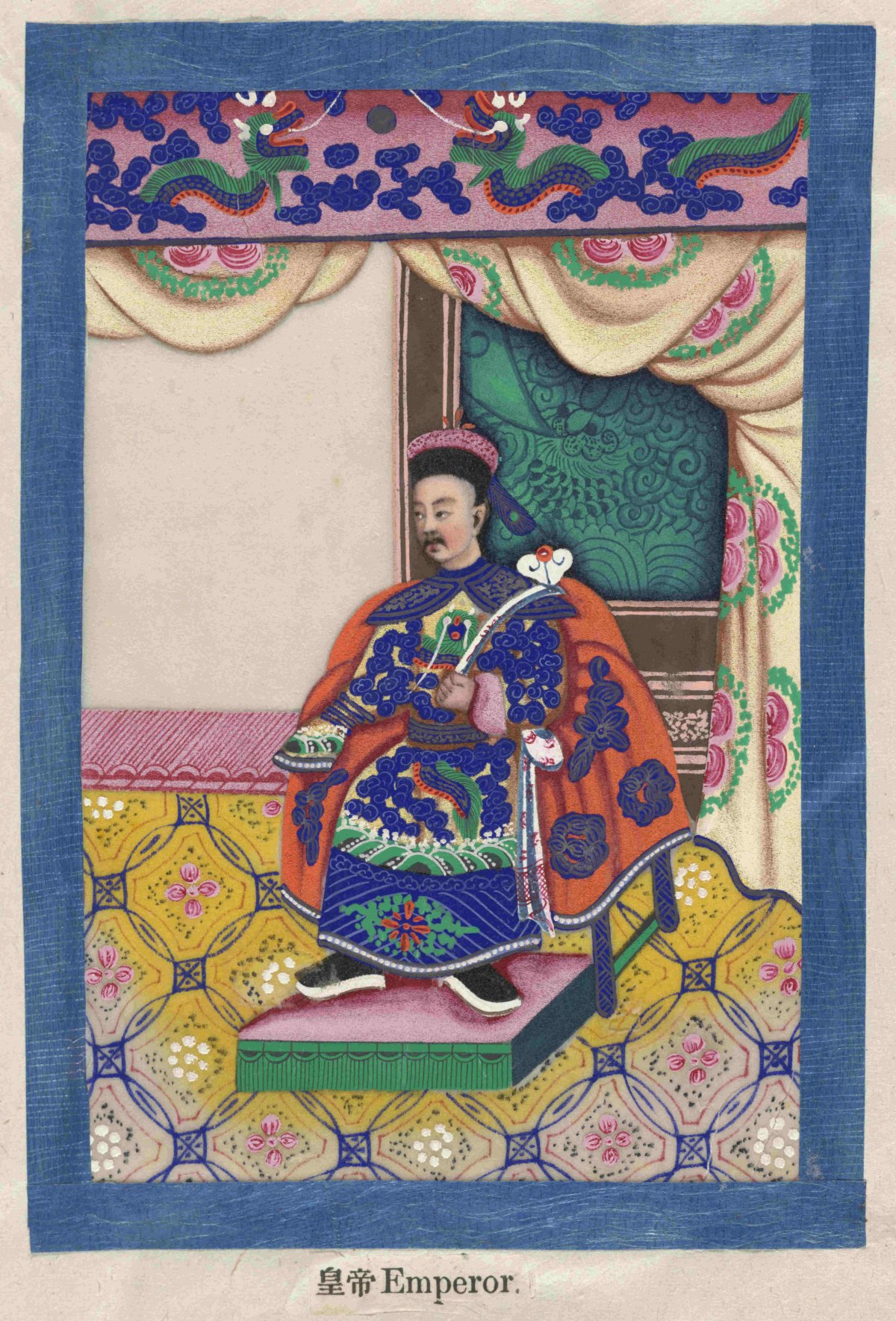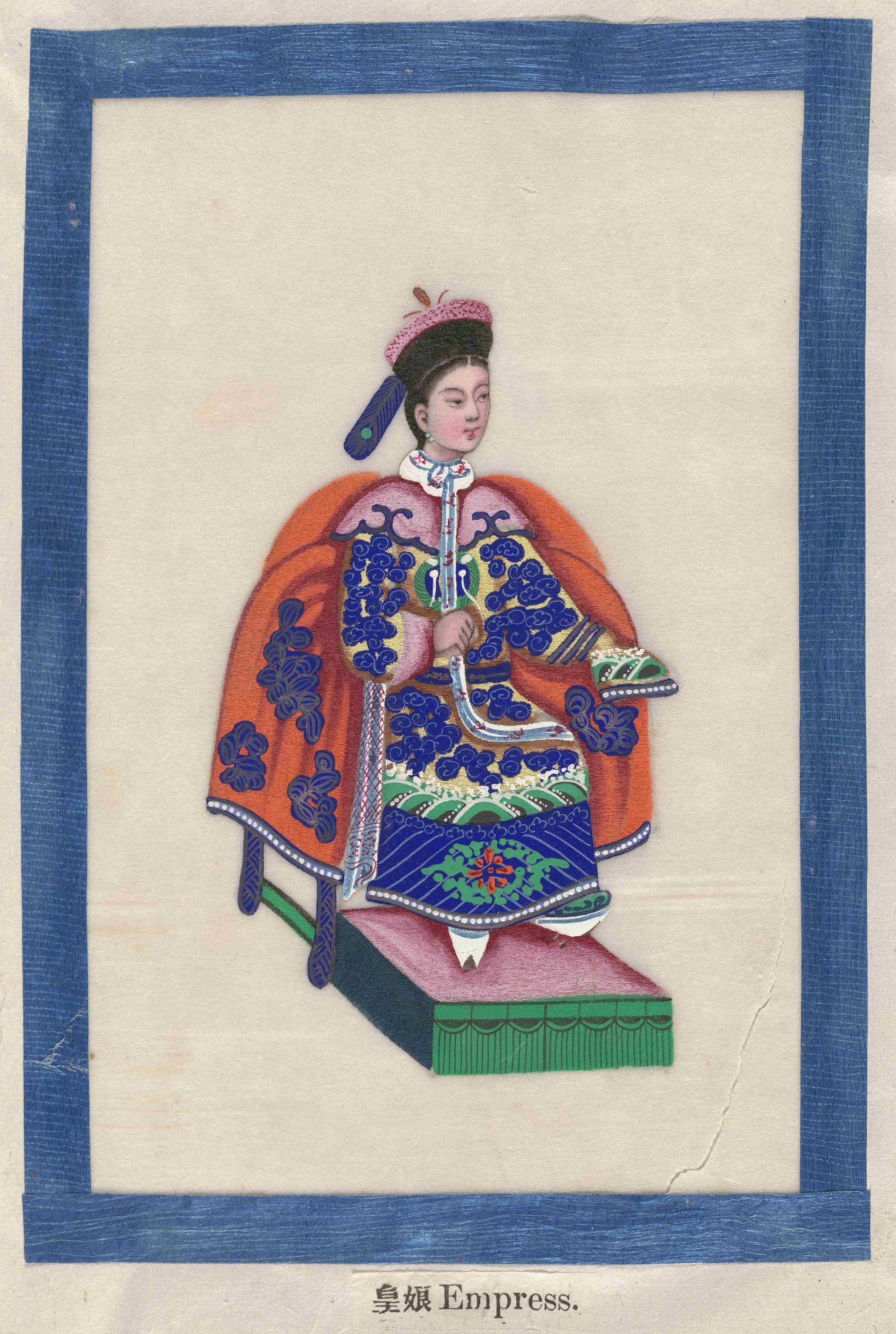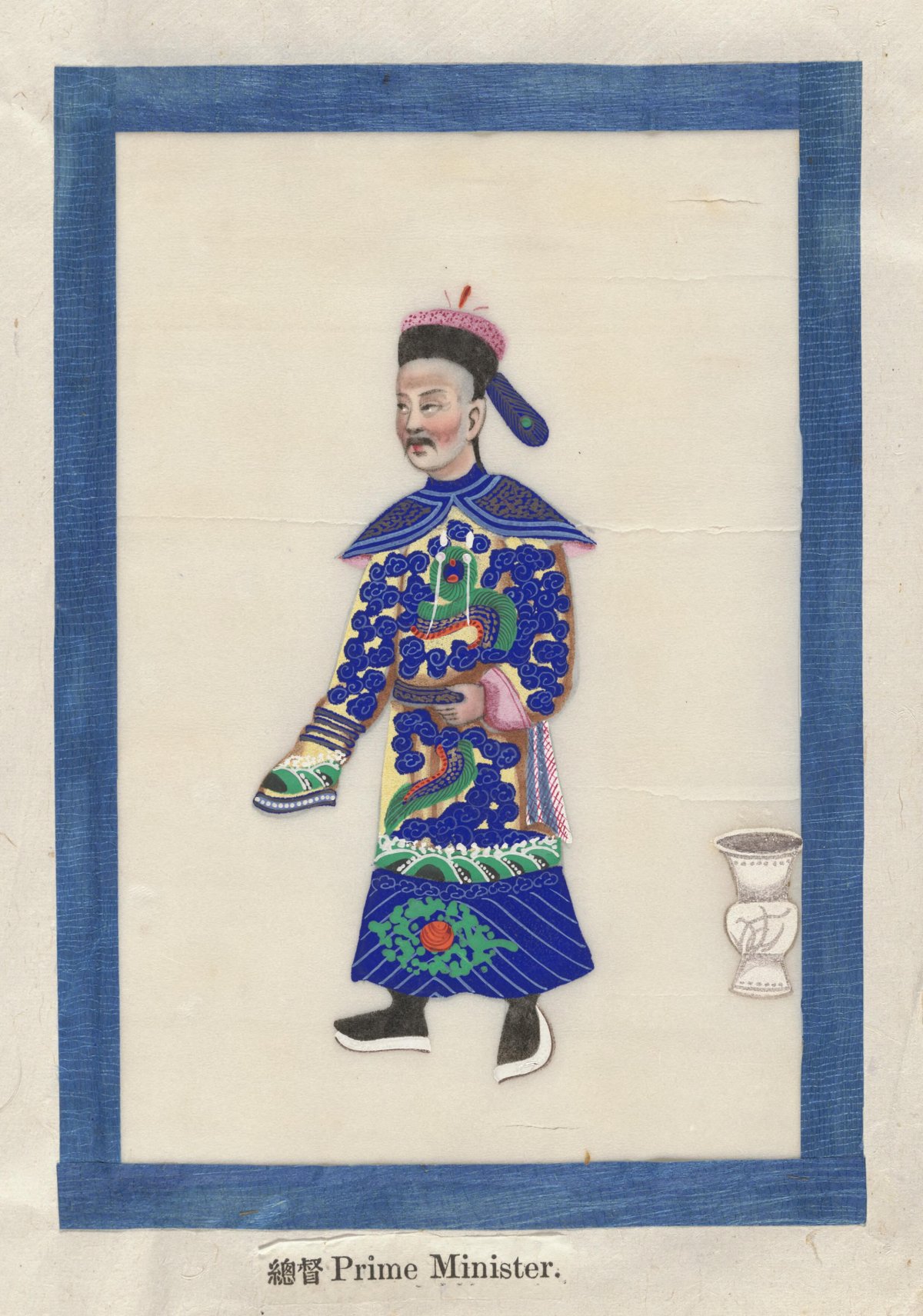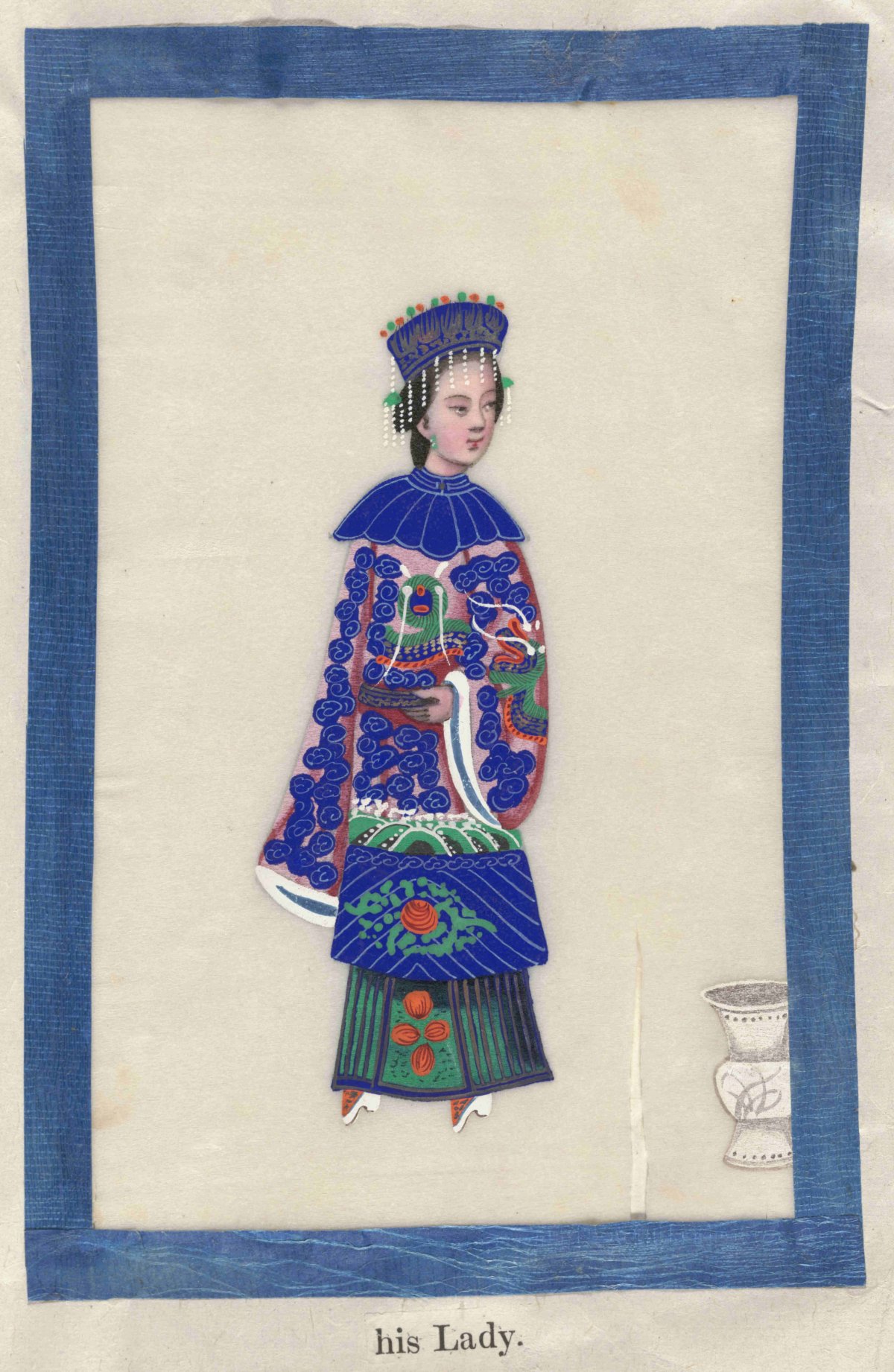The Americas
The British colonisation of the Americas began in 1606 with the chartering of the Colony of Virginia. Establishing overseas colonies was of strategic importance to England and other European powers. It allowed them access to land, trade routes, defensive positions and, perhaps most sought after, resources such as wood, cotton, furs and labour.
The British also found the Americas a convenient location for penal transportation. British jails of the 17th and 18th centuries were overcrowded and, with a severe justice and sentencing system, were continuing to fill rapidly. To ease the pressure on jails in England, the Transportation Act of 1717 was introduced. Crimes such as larceny, burglary and horse theft were punishable by transportation. Convicted felons were banished to the American colonies for a period of up to 14 years. Returning before their sentence was complete was a capital crime.
Between 1765 and 1783, the British colonies in North America staged a revolt against the British Crown. The revolt stemmed from unhappiness with the administration of the colonies. In particular, the North American colonies objected to the fact that they were being taxed and legislated against, but had no representative in the British parliament who could speak on their behalf. Following the imposition of the Stamp Act in 1765 (see below) the British colonial authorities convened a congress to address these grievances. However, the British ultimately refused to negotiate.
The American revolt began with acts of civil disobedience and debate among colony leaders, but soon erupted into all-out war between the patriots and the British. The American Patriots, as they styled themselves, along with their major allies France and Spain, were ultimately successful in defeating the British and gaining their independence.
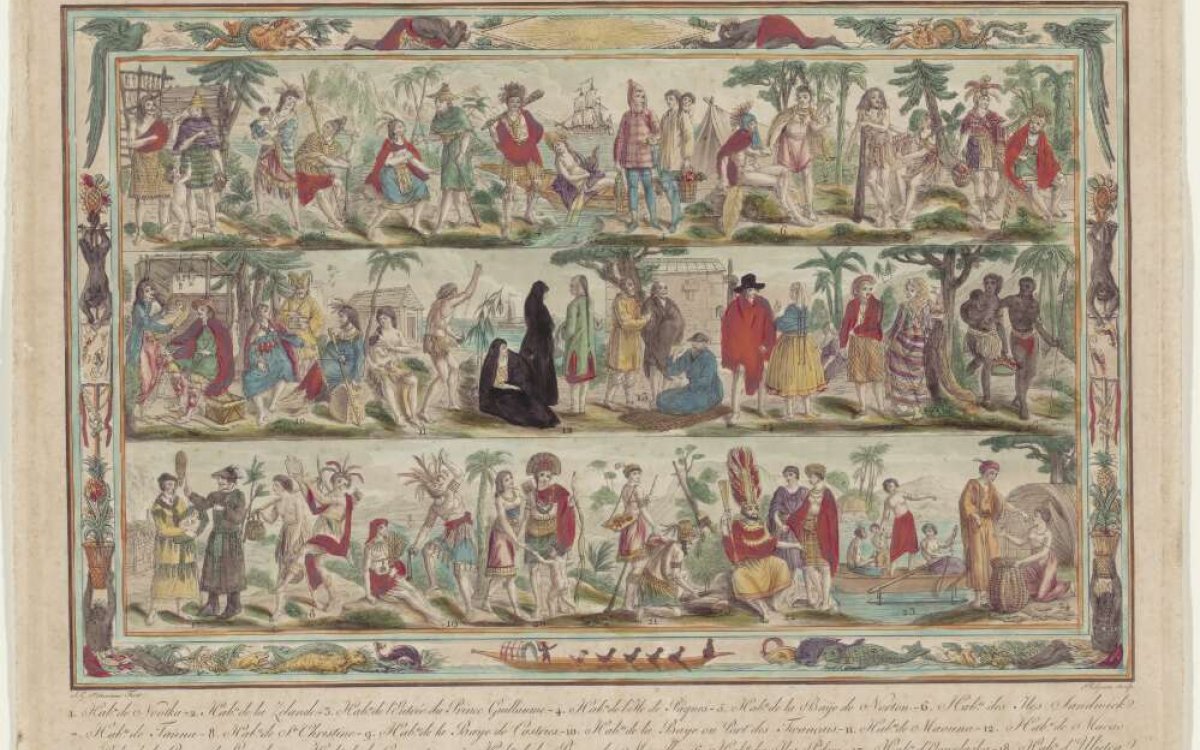
Phelippeaux, Antoine, 1767-approximately 1830 & Grasset de Saint-Sauveur, Jacques, 1757-1810. Tableau des decouvertes du Capne. Cook & de la Perouse. (1798). Tableau des decouvertes du Capne. Cook & de la Perouse [picture] / J.G. St. Sauveur fecit, Phelipeau [i.e. Phelippeaux] sculp. http://nla.gov.au/nla.obj-135227083
Stamp Act 1765
In October 1765, representatives from 9 American colonies convened the Stamp Act Congress.
The gathering was a response to the British government’s passing of the Stamp Act in March that year. The Stamp Act imposed a direct tax on the colonies and stated that material printed in the colonies, such as legal papers, newspapers, cards and pamphlets, must be produced on specially taxed paper imported from London. To add to the burden, the taxes needed to be paid in valid British currency rather than the colonial currency of the time. The Stamp Act Congress, in a document titled the Declaration of Rights and Grievances, laid out 14 points opposing the Stamp Act, including:
- colonists owed to the Crown ‘the same allegiance’ owed by ‘subjects born within the realm’
- colonists owed to the parliament of Great Britain ‘all due subordination’
- colonists possessed all the rights of Englishmen
- trial by jury was a right
- the use of Admiralty Courts was abusive
- without voting rights, the British parliament could not represent the colonists
- there should be no taxation without representation
- only the colonial assemblies had a right to tax the colonies.
After much petitioning, and an impassioned speech in the British parliament by Benjamin Franklin, the British repealed the Stamp Act in 1766. However, the same day, the parliament passed the Declaratory Act. This Act stated that the parliament’s authority was the same in America as in Britain and asserted parliament's authority to pass laws that were binding on the American colonies, regardless of representation.
Stamp Act 1765
In October 1765, representatives from 9 American colonies convened the Stamp Act Congress.
The gathering was a response to the British government’s passing of the Stamp Act in March that year. The Stamp Act imposed a direct tax on the colonies and stated that material printed in the colonies, such as legal papers, newspapers, cards and pamphlets, must be produced on specially taxed paper imported from London. To add to the burden, the taxes needed to be paid in valid British currency rather than the colonial currency of the time. The Stamp Act Congress, in a document titled the Declaration of Rights and Grievances, laid out 14 points opposing the Stamp Act, including:
- colonists owed to the Crown ‘the same allegiance’ owed by ‘subjects born within the realm’
- colonists owed to the parliament of Great Britain ‘all due subordination’
- colonists possessed all the rights of Englishmen
- trial by jury was a right
- the use of Admiralty Courts was abusive
- without voting rights, the British parliament could not represent the colonists
- there should be no taxation without representation
- only the colonial assemblies had a right to tax the colonies.
After much petitioning, and an impassioned speech in the British parliament by Benjamin Franklin, the British repealed the Stamp Act in 1766. However, the same day, the parliament passed the Declaratory Act. This Act stated that the parliament’s authority was the same in America as in Britain and asserted parliament's authority to pass laws that were binding on the American colonies, regardless of representation.
In 1783 in France, representatives of the British government and soon-to-be United States government signed the Treaty of Paris. This document outlined the conditions for peace that would end the American Revolution. The first point stipulated that Britain acknowledge the United States as an independent nation and successor to the former colonies and that Britain relinquish claims to all territory east of the Mississippi River, north of Florida, and south of Canada.
Some historians have argued that the Treaty of Paris favoured the United States. Others suggest that the British prime minister, the Earl of Shelburne, recognised that the United States had the potential to become a major economic partner for Great Britain. Shelburne thought that ceding vast tracks of land and allowing the new nation to grow would open lucrative trade options. He was proved right. Britain now had access to the resources of the Americas without the administrative or military costs associated with maintaining a colony. This was both profitable for the United States and convenient for the British government. The war had financially drained Great Britain. It is estimated that the British government spent £12 million a year during the course of the conflict. By 1783 it had a national debt of £250 million—approximately £28.6 billion or A$51.3 billion in today’s currency.
The Treaty of Paris
Preamble.
Declares the treaty to be ‘in the name of the most holy and undivided Trinity’, states the bona fides of the signatories, and declares the intention of both parties to ‘forget all past misunderstandings and differences’ and ‘secure to both perpetual peace and harmony’.
- Britain acknowledges the United States (New Hampshire, Massachusetts Bay, Rhode Island and Providence Plantations, Connecticut, New York, New Jersey, Pennsylvania, Delaware, Maryland, Virginia, North Carolina, South Carolina and Georgia) to be free, sovereign, and independent states, and that the British Crown and all heirs and successors relinquish claims to the Government, property, and territorial rights of the same, and every part thereof;
- Establishing the boundaries of the United States, including but not limited to those between the United States and British North America;
- Granting fishing rights to United States fishermen in the Grand Banks, off the coast of Newfoundland and in the Gulf of Saint Lawrence;
- Recognising the lawful contracted debts to be paid to creditors on either side;
- The Congress of the Confederation will ‘earnestly recommend’ to state legislatures to recognise the rightful owners of all confiscated lands and ‘provide for the restitution of all estates, rights, and properties, which have been confiscated belonging to real British subjects’ (Loyalists);
- United States will prevent future confiscations of the property of Loyalists;
- Prisoners of war on both sides are to be released; all property of the British army (including slaves) now in the United States is to remain and be forfeited;
- Great Britain and the United States are each to be given perpetual access to the Mississippi River;
- Territories captured by Americans subsequent to the treaty will be returned without compensation;
- Ratification of the treaty is to occur within six months from its signing.
Eschatocol.
‘Done at Paris, this third day of September in the year of our Lord, one thousand seven hundred and eighty-three.’
The Treaty of Paris
Preamble.
Declares the treaty to be ‘in the name of the most holy and undivided Trinity’, states the bona fides of the signatories, and declares the intention of both parties to ‘forget all past misunderstandings and differences’ and ‘secure to both perpetual peace and harmony’.
- Britain acknowledges the United States (New Hampshire, Massachusetts Bay, Rhode Island and Providence Plantations, Connecticut, New York, New Jersey, Pennsylvania, Delaware, Maryland, Virginia, North Carolina, South Carolina and Georgia) to be free, sovereign, and independent states, and that the British Crown and all heirs and successors relinquish claims to the Government, property, and territorial rights of the same, and every part thereof;
- Establishing the boundaries of the United States, including but not limited to those between the United States and British North America;
- Granting fishing rights to United States fishermen in the Grand Banks, off the coast of Newfoundland and in the Gulf of Saint Lawrence;
- Recognising the lawful contracted debts to be paid to creditors on either side;
- The Congress of the Confederation will ‘earnestly recommend’ to state legislatures to recognise the rightful owners of all confiscated lands and ‘provide for the restitution of all estates, rights, and properties, which have been confiscated belonging to real British subjects’ (Loyalists);
- United States will prevent future confiscations of the property of Loyalists;
- Prisoners of war on both sides are to be released; all property of the British army (including slaves) now in the United States is to remain and be forfeited;
- Great Britain and the United States are each to be given perpetual access to the Mississippi River;
- Territories captured by Americans subsequent to the treaty will be returned without compensation;
- Ratification of the treaty is to occur within six months from its signing.
Eschatocol.
‘Done at Paris, this third day of September in the year of our Lord, one thousand seven hundred and eighty-three.’
Asia
The 18th century in China was marked by the two longest reigning emperors in Chinese history: the Kangxi Emperor (who ruled for 61 years, from 1661 to 1722) and his grandson, the Qianlong Emperor (who ruled for 60 years, from 1735 to 1796). During this time, the Qing dynasty was at the height of its powers, ruling over 13 million square kilometres. To put this into perspective, China today covers 9.6 million square kilometres; Russia 17.1 million square kilometres; and Australia 7.74 million square kilometres.
During the 1700s, the Chinese government launched several ambitious projects to reform the country and expand and secure its borders. When Emperor Kangxi died in 1722, his son Yongzheng quickly implemented new laws that reversed many of his father’s edicts. In an effort to minimise Western and foreign influence within China’s borders, he aggressively promoted Confucianism and, in 1723, expelled Christian missionaries and outlawed Christianity. He executed a number of anti-Manchu writers who had previously been pardoned by his father.
Yongzheng also expanded his father’s system of Palace Memorials—direct messages between local officials and the emperor—bypassing government staff and the wider bureaucracy. This allowed Yongzheng to receive uncensored information and better understand the true state of the country. But it also meant he could ignore official regulations and impose his will directly.
Overpopulation was one of China’s most pressing problems during the 18th century. Its population had stayed relatively stable in the preceding century due to internal conflict and epidemics. With the prosperity and internal stability brought by the Qing emperors, the population began to increase. Over 100 years, China’s population grew from 100 million to 300 million people. The introduction of new crops, such as potatoes and peanuts, from the Americas also contributed to population growth by providing a more stable food supply. However, it was not long before all arable land had been used up. Farmers had to work increasingly smaller plots more often. This led to soil degradation and decreasing crop yield.
Towards the end of the 18th century, Europe began taking a greater interest in China as a strategic trading partner. The British and Dutch had been granted rights to trade in China under a strict system known as the Canton System. This allowed the Chinese to regulate where foreign merchants could trade, as well as the flow of goods. It also gave them the right to impose fixed prices on imports and exports. The Chinese government further restricted foreign trade by issuing the Five Counter-Measures against the Barbarians.
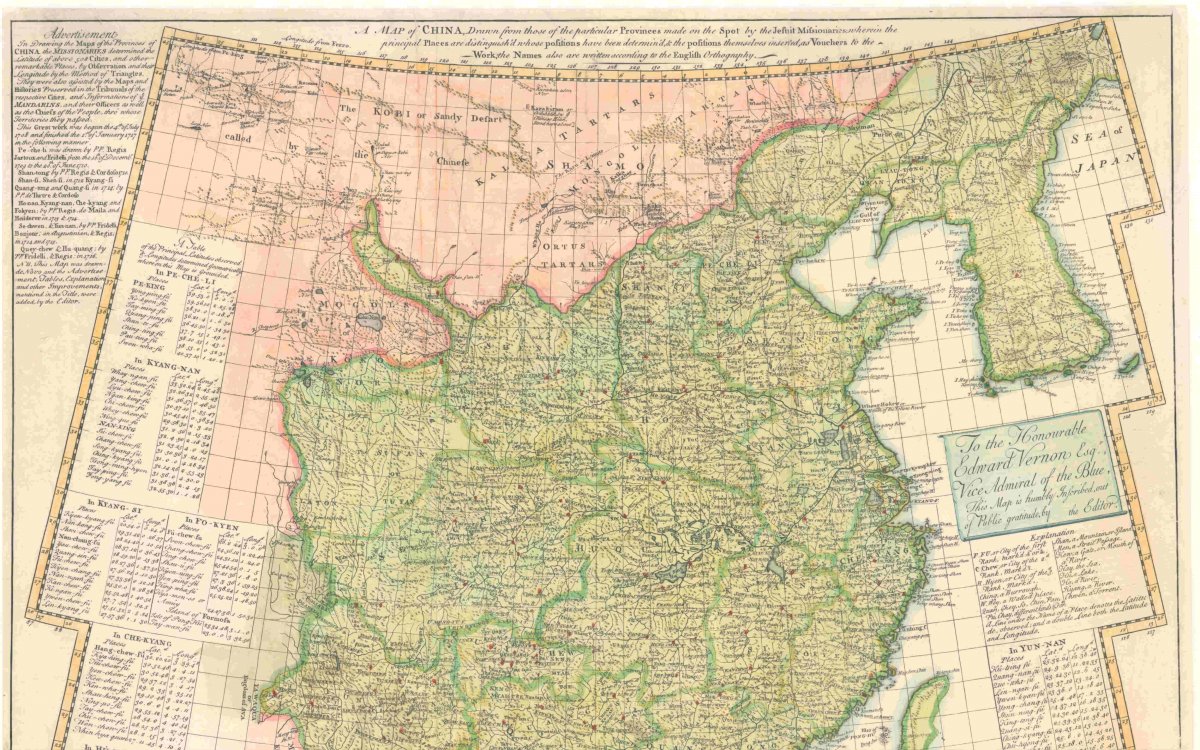
Bowen, Emanuel, -1767 & Vernon, Edward, 1684-1757 & Jesuits. (1738). A map of China, drawn from those of the particular provinces made on the spot by the Jesuit missionaries: wherein the principal places are distiguish'd whose positions have been determin'd, & the positions themselves inserted, as vouchers to the work; the names also are written according to the English orthography / E . Bowen sculp. http://nla.gov.au/nla.obj-364695710
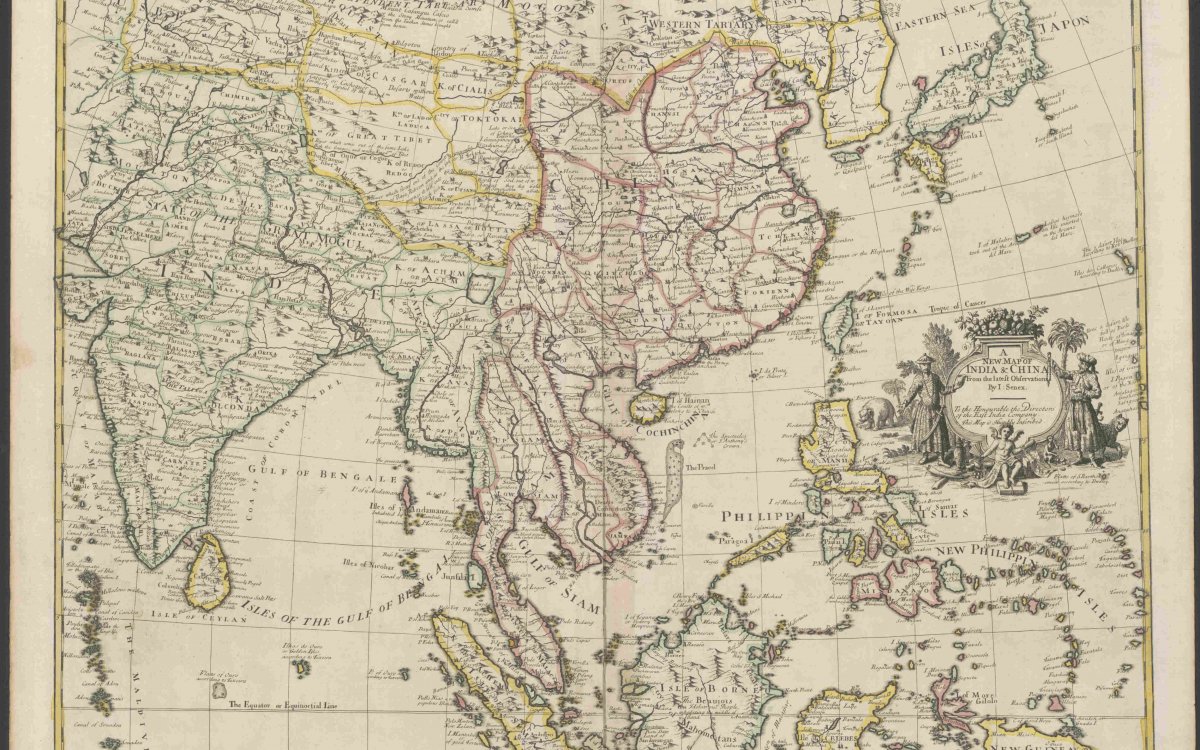
Senex, John, -1740. New general atlas. (1721). A new map of India & China from the latest observations [cartographic material] / by I. Senex. http://nla.gov.au/nla.obj-231222048
Five Counter-Measures Against the Barbarians (Fáng yí wŭ shì, 防夷五事)
Also called the Vigilance towards Foreign Barbarian Regulations (Fángfàn wàiyí guītiáo, 防范外夷规条), the rules contained the following provisions:
1) Trade by foreign barbarians in Canton is prohibited during the winter.
2) Foreign barbarians coming to the city must reside in the foreign factories under the supervision and control of the Cohong.
3) Chinese citizens are barred from borrowing capital from foreign barbarians and from employment by them.
4) Chinese citizens must not attempt to gain information on the current market situation from foreign barbarians.
5) Inbound foreign barbarian vessels must anchor in the Whampoa Roads and await inspection by the authorities.
Five Counter-Measures Against the Barbarians (Fáng yí wŭ shì, 防夷五事)
Also called the Vigilance towards Foreign Barbarian Regulations (Fángfàn wàiyí guītiáo, 防范外夷规条), the rules contained the following provisions:
1) Trade by foreign barbarians in Canton is prohibited during the winter.
2) Foreign barbarians coming to the city must reside in the foreign factories under the supervision and control of the Cohong.
3) Chinese citizens are barred from borrowing capital from foreign barbarians and from employment by them.
4) Chinese citizens must not attempt to gain information on the current market situation from foreign barbarians.
5) Inbound foreign barbarian vessels must anchor in the Whampoa Roads and await inspection by the authorities.
By the late 1700s, the French and British had become troubled by what they saw as the imbalance in the trading relationship with China. China was unwilling to trade goods for goods. Instead, it forced foreign merchants to buy Chinese wares for silver and to pay merchant taxes imposed by the Canton System. Many of the major European nations found this a drain on their dwindling silver supplies. However, they still needed to meet their countries’ increasing demands for Chinese goods.
In 1793, Lord George Macartney, a representative of the British East India Company, was sent to China to push for a free trade agreement and bring balance to the trading relationship. The British saw foreign trade as crucial to the success of their economic strategy. For China, however, foreign trade was of less importance. China did not rely on foreign trade for financial stability and found very little value in trading their wares for foreign goods. The Qianlong Emperor told Macartney in their meeting that ‘the kings of the myriad nations come by land and sea with all sorts of precious things’ and that ‘consequently there is nothing we lack’.
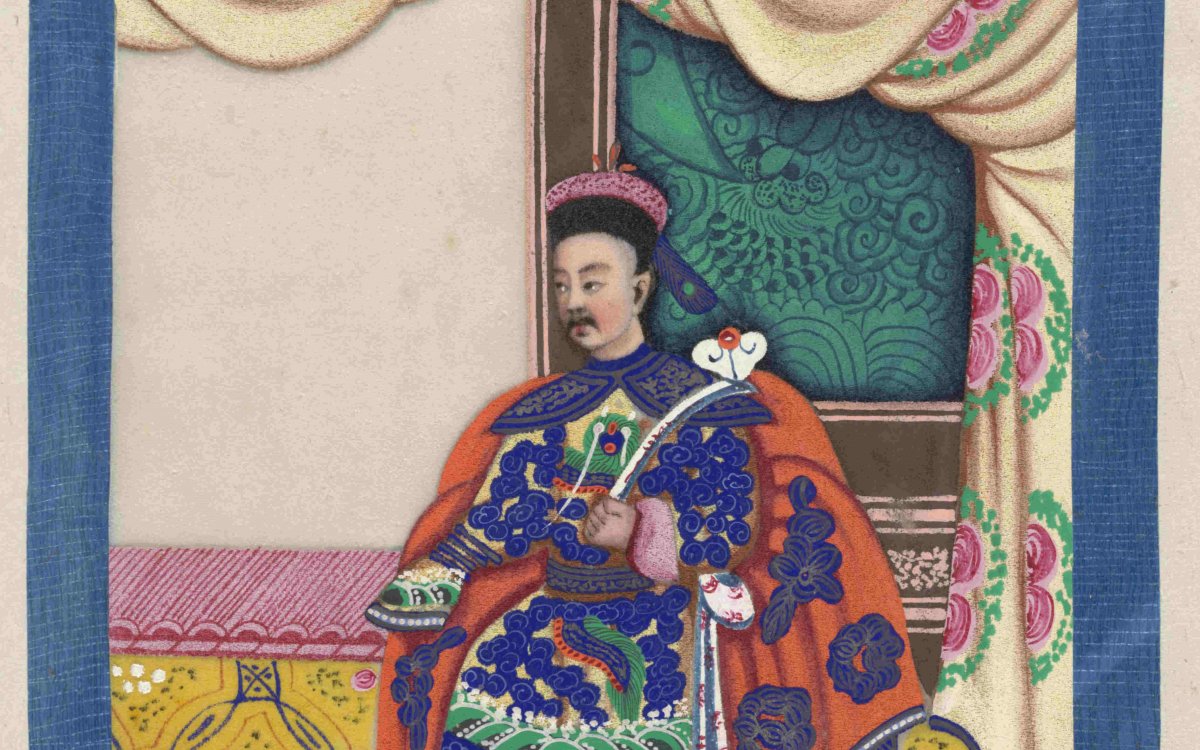
(1860). [Manzhou shi qi da guan gui ren = Court figures in Qing dynasty China]. http://nla.gov.au/nla.obj-316226577
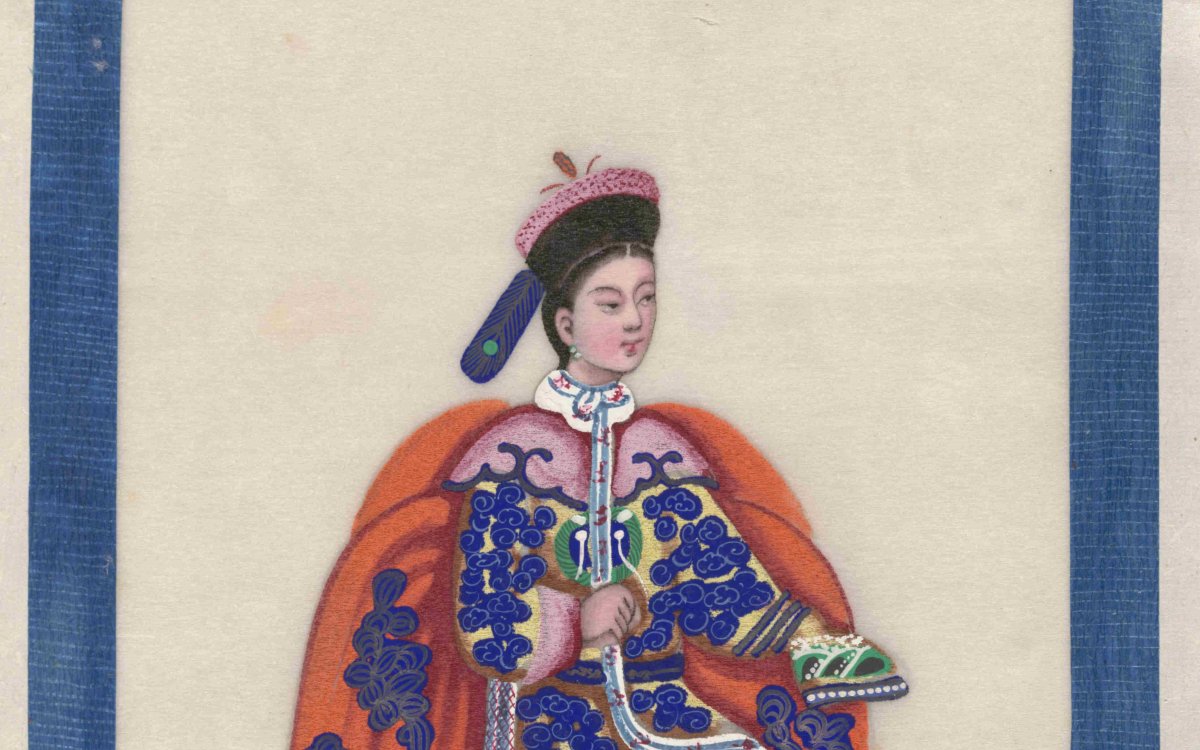
(1860). [Manzhou shi qi da guan gui ren = Court figures in Qing dynasty China]. http://nla.gov.au/nla.obj-316226577
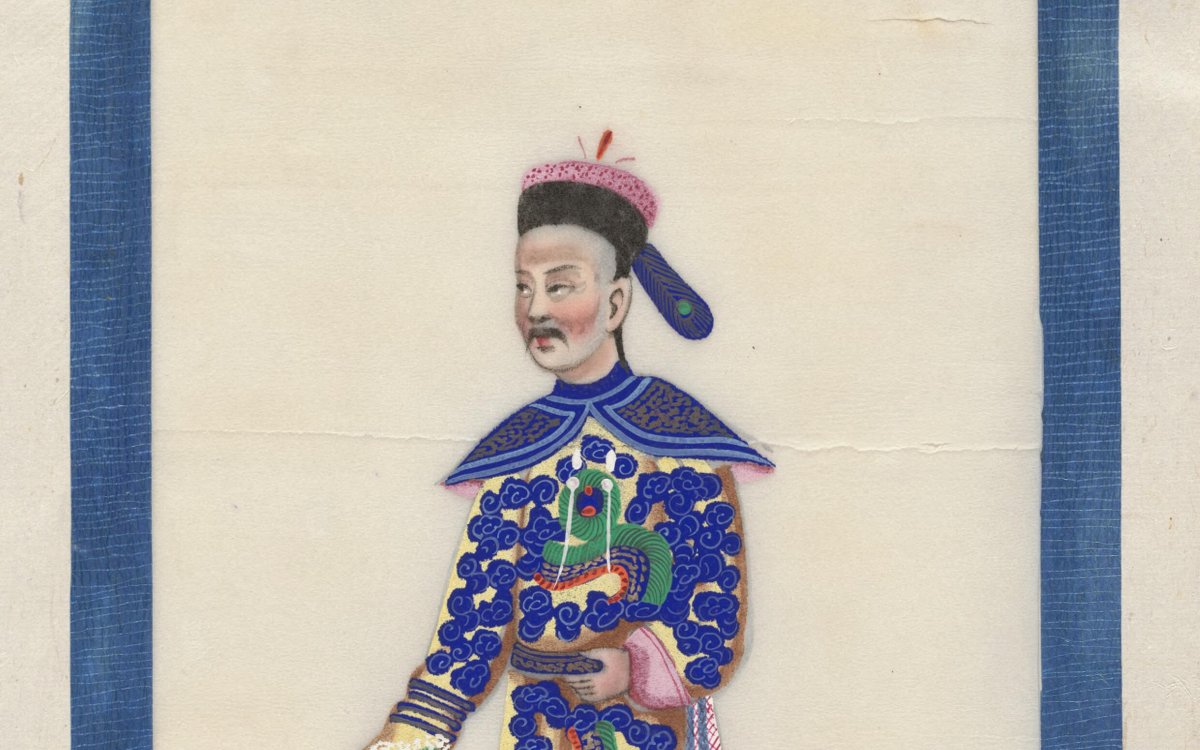
(1860). [Manzhou shi qi da guan gui ren = Court figures in Qing dynasty China]. http://nla.gov.au/nla.obj-316226577
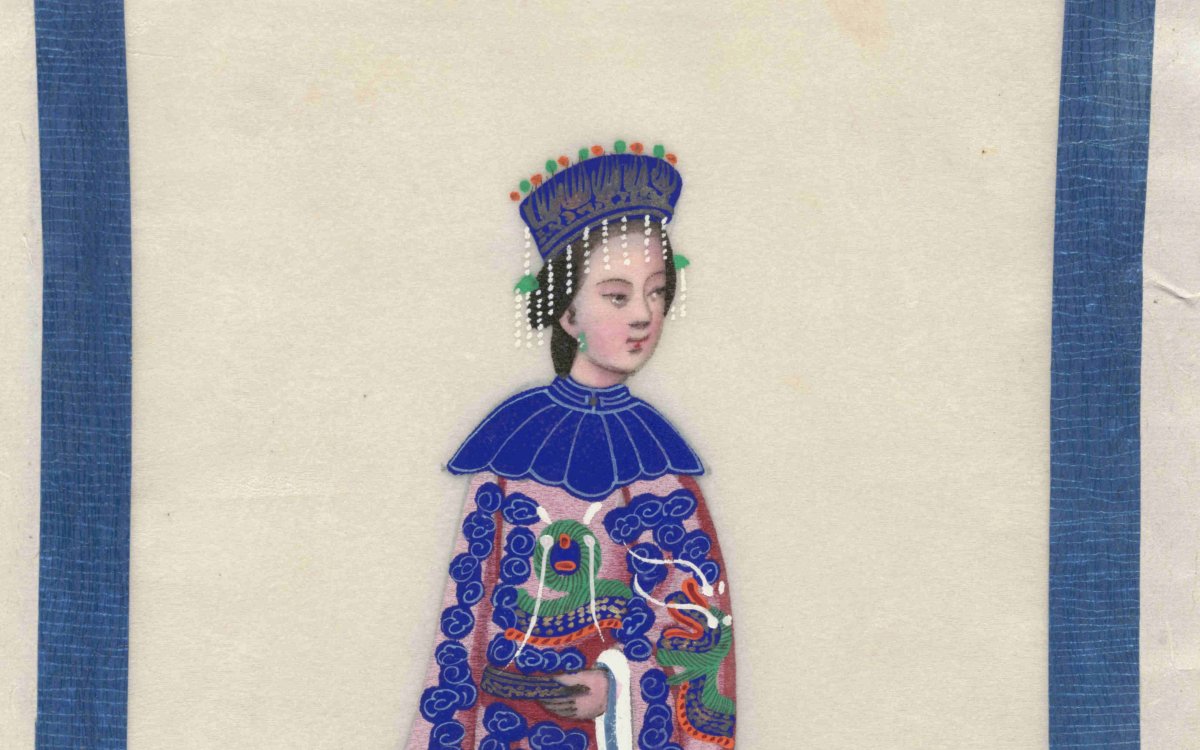
(1860). [Manzhou shi qi da guan gui ren = Court figures in Qing dynasty China]. http://nla.gov.au/nla.obj-316226577
Activities
- The American colonies revolted against the British for many reasons, but they were particularly incensed by their lack of representation in the British parliament.
- Why would this have angered them so much? What would the advantage/s have been of having a representative in the British parliament? Discuss the importance of having adequate representation in the parliament.
- What could the British have done to minimise the risk of the revolution yet retain robust administrative control of the colonies?
- What other historical or modern parallels can you find for this lack of representation? Are there any people or groups that have no or inadequate representation in local, state or federal government in Australia and around the world?
- ‘The European Enlightenment had repercussions for the world.’
- Choose a country or region outside of Europe. Conduct your own research and discuss the validity of the above statement.
- Choose a country or region outside of Europe. Conduct your own research and discuss the validity of the above statement.
- In groups, chart a timeline of milestones in the Enlightenment. Have one group chart influential people, another scientific advances, another conflicts, etc.
- As a class, develop your own criteria for what is an influential or ‘worthy’ inclusion in the timeline.
